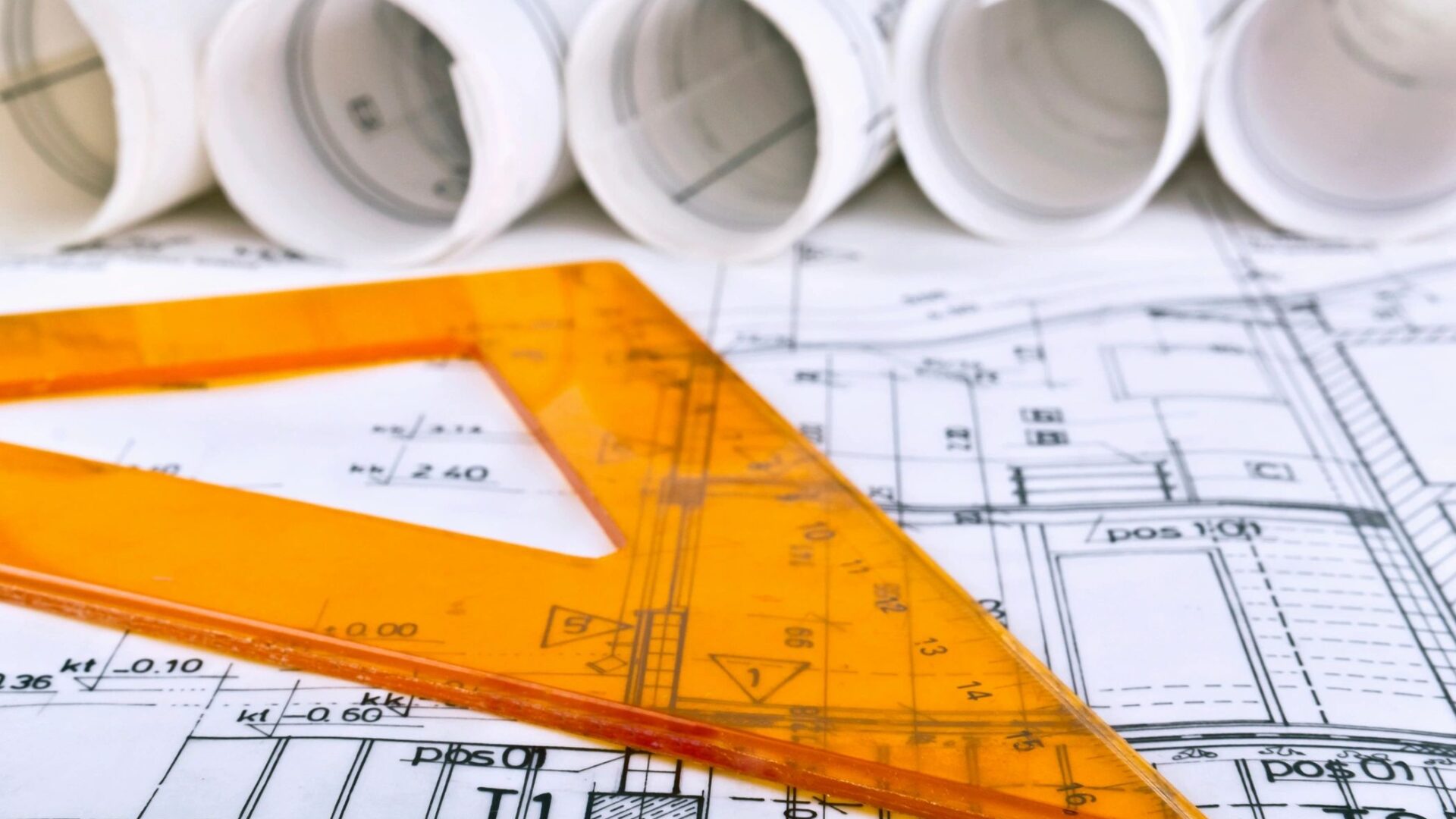How Can I Assist My Architect
We love it when our clients ask “How can I assist my architect?” Well, in theory we love it because it shows a real desire to make things work better or quicker. The attitude is wonderful, but the execution is sometimes problematic. The short answer is, make sure you’re assisting within the areas you understand.
The most common attempt to help us is when clients do their own sketches. These can be great to help narrow down expectations and relationships. They can be awful because clients don’t always know what they don’t know. The most difficult things to design are rooflines, stairs, and bathrooms. Most of the time, when we have difficulty with sketches there is a conflict with one of these. A bathroom that’s 5′ square with a walk in shower, water closet, double vanity, linen closet, bidet, and two person whirlpool tub is setting up a problem rather than a solution. That is not going to fit in that space. So now we have to have a conversation over what is most important, the luxury of those fixtures, or the size of that space.
And stairs, wow. People always underestimate the size of a stair. Sometimes in width, but usually in length. This happens in sketches, but even when standing in the spaces sometimes. And then, there are issues with stairs affecting both levels of a home. Some people have trouble considering head heights that are variable around a stair which will affect their plans on both levels.
The head height concerns also tend to come about with roofs as well. If you want to “assist my architect”, trying to fit things under the roof is best left to professionals. And if you’re planning a bathroom under the roof around a stair, take our advice below to heart.
We’ve probably mentioned this before, but qualitative requests are probably better than quantitative most of the time. There are times when telling us you need a fourteen foot wide bedroom is great. But the more complicated spaces, telling us what your priorities are is better. And it doesn’t matter what sort of tools you’re using. Napkin sketches can be just as useful or useless as free or cheap drafting or building model systems. The best way to be is to be clear about your intentions, flexible about your solutions, and to communicate as clearly as you can.

